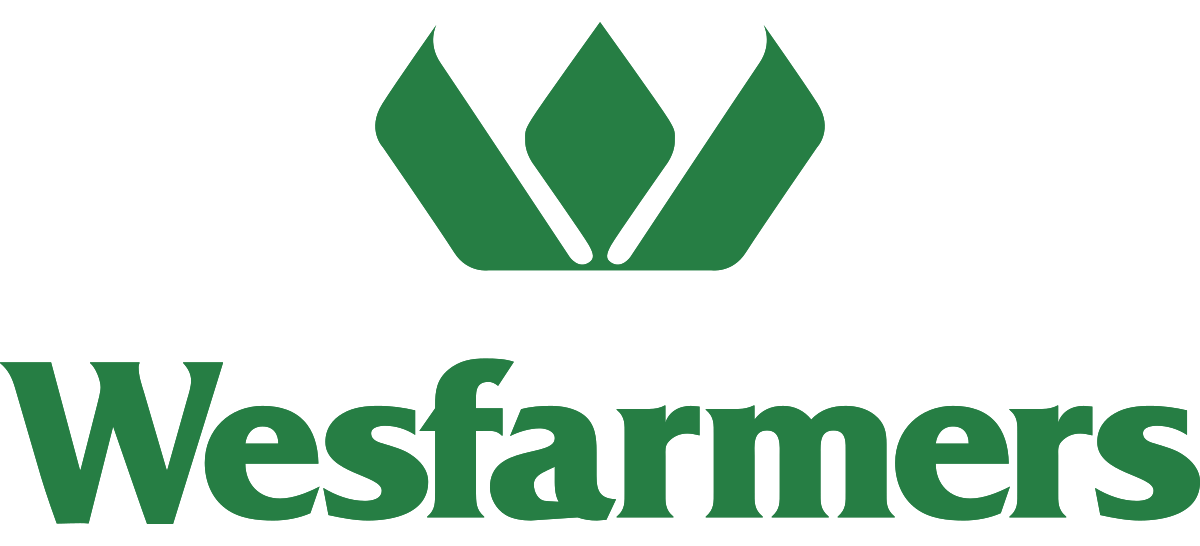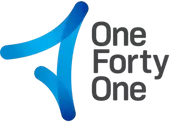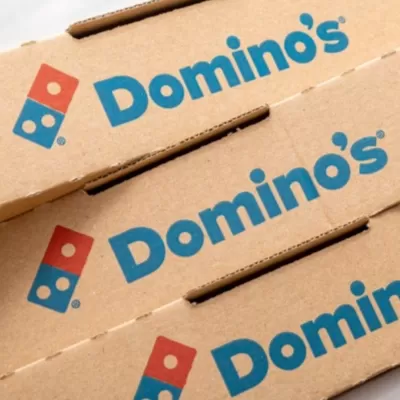Case Study
Wesfarmers Limited – lead indicator review

Overview
The Wesfarmers’ Board sought guidance from Verus on incorporating critical risks and controls into their health and safety performance reporting.
The Challenge
The Wesfarmers’ Board had maintained a commitment to divisional independence and autonomy, with each division having the freedom to set its own strategic direction. This extended to supporting each division to independently manage and report on its health and safety performance, with Total Recordable Injury Frequency Rates (TRIFR) being the only consistent health and safety performance indicator all divisions had to report on.
However, as divisions became more mature and sophisticated in their safety management, the limitations of reporting on only TRIFR became evident, and there was strong desire from the Board to start reporting on the health of critical risks and critical controls too. Divisions had also been tasked with providing a review of current lead indicators and safety performance/trends, as well as suggesting new lead indicators.
Project Goals
- Review existing and newly proposed lead indicators to understand what they aimed to report on and determine if they were the most beneficial for the safety culture maturity of the respective divisions.
- Explore how existing and new lead indicators could be further refined to include reporting on lag and lead indicators that support the Critical Risk Management Program.
The Insight
We applied our intimate knowledge of the Wesfarmers brands, comprehensive understanding of health and safety performance measurement and reporting and extensive experience in systems and information evaluation to deliver the solution outlined below.
The Solution
- Comprehensive analysis of existing lead and lag indicators to understand the story they were telling.
- Analysis of existing systems and processes to test the efficacy and accuracy of reporting of existing lead and lag indicators, and to confirm which programs supported performance results.
- Suggestions on how existing lead and lag indicators could be enhanced.
- Proposing other lead and lag indicators for future consideration.
Related Projects
Verus works closely across a number of industries to bring more practical safety solutions to the focus for some of Australia's most recognised brands.















